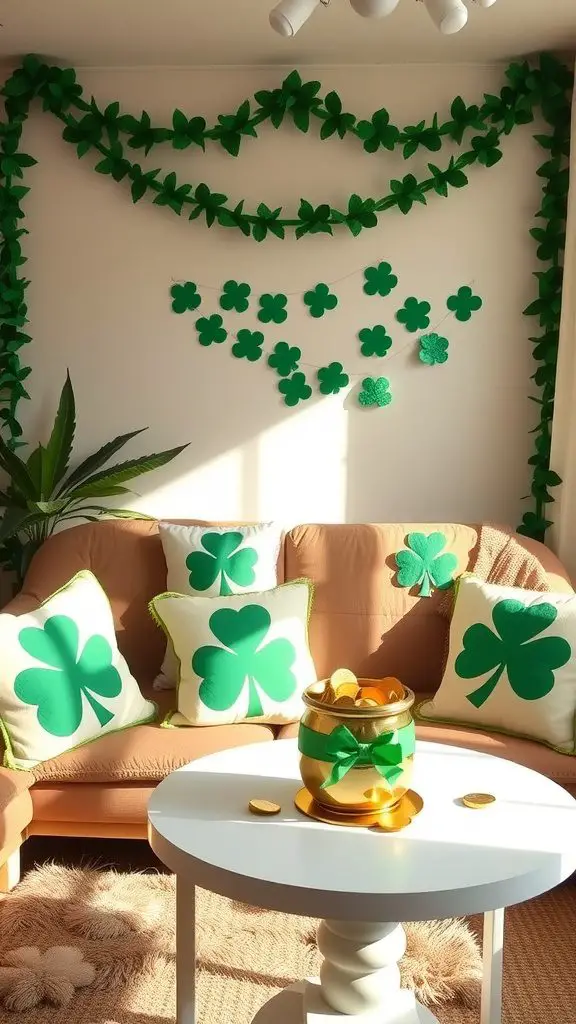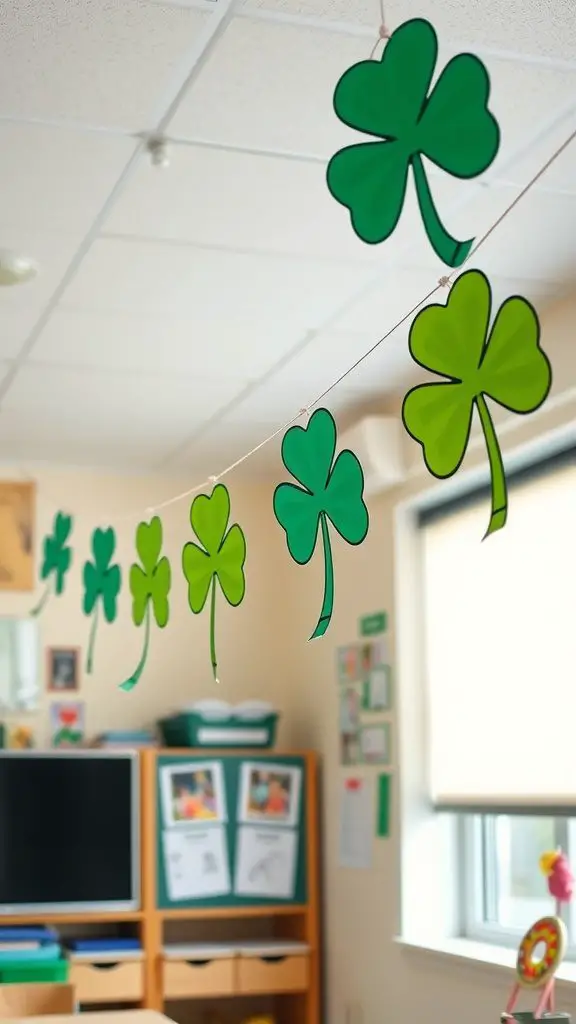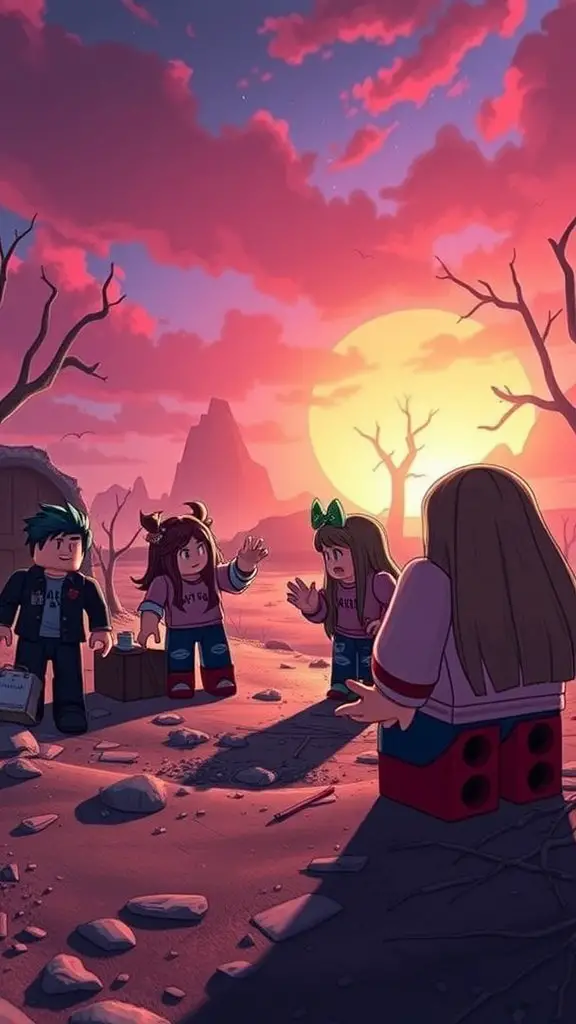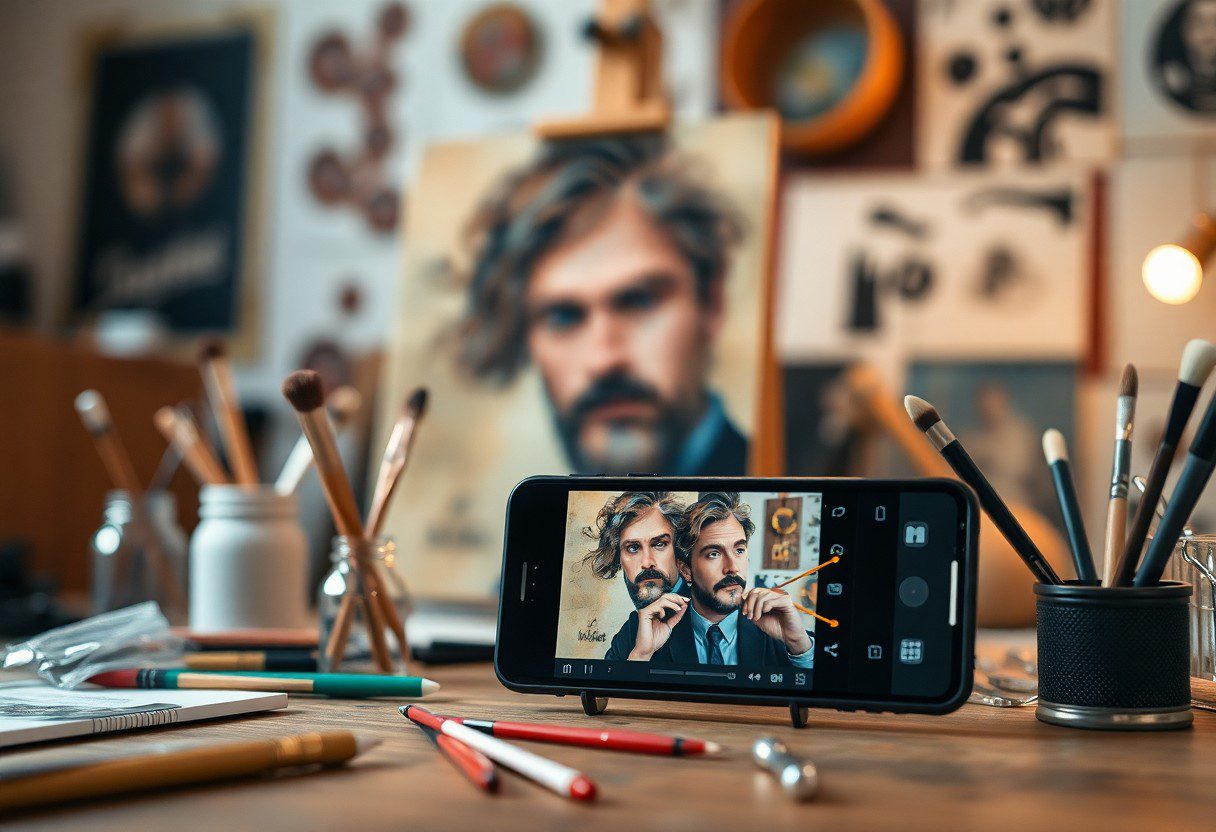You can breathe new life into your favorite photographs by transforming them into stunning pieces of art. In this guide, you will discover easy DIY portrait techniques that require minimal materials yet yield impressive results. Whether you’re an experienced artist or a beginner, these methods will empower you to explore your creativity and personalize your space with beautiful imagery. Get ready to unleash your artistic potential as you learn how to turn simple snapshots into extraordinary art pieces that reflect your unique style.
Understanding Portrait Photography
While portrait photography focuses on capturing the essence of an individual, it also tells a story about them. Your goal is to showcase their personality and emotion through your lens, creating images that resonate with viewers. Understanding the fundamentals of this art form will enhance your skills, allowing you to create images that stand out and evoke feelings.
The Basics of Portrait Composition
Before entering into the world of portrait photography, it’s important to grasp the fundamental principles of composition. Balancing elements within the frame, considering the rule of thirds, and employing leading lines can significantly improve your photographs. Each of these aspects helps you draw the viewer’s eye to the subject, enhancing the impact of your portrait.
Choosing the Right Lighting
At the heart of great photography lies lighting. Selecting the appropriate lighting can dramatically influence the mood, tone, and clarity of your portraits. Natural light often works best, so consider shooting during the golden hour for a soft, warm glow, or experiment with artificial lighting to achieve varied effects.
Right lighting not only sets the scene but also brings depth and dimension to your subject. Soft, diffused lighting can create flattering shadows and minimize imperfections, while harsher light can add drama and create striking contrasts. Positioning your subject in relation to the light source is important; side lighting can reveal textures, while front lighting can soften features. Understanding how different lighting conditions affect your portraits will elevate your work and help you capture the perfect shot.
Tools and Materials for DIY Art Techniques
The process of transforming your photos into stunning pieces of art begins with the right tools and materials. You’ll find that having a dedicated workspace, good lighting, and imperative supplies can dramatically influence your results. Whether you prefer digital or traditional methods, investing in quality materials will enhance your final artwork and make the process more enjoyable.
Essential Equipment
Materials you need for your DIY art techniques include a high-resolution camera or smartphone, good quality printing paper, and, if you’re working physically, drawing or painting supplies such as brushes, paints, and pencils. For digital art, a reliable computer with image editing software and a graphics tablet can significantly improve your workflow and creativity.
Optional Accessories
Accessories can enhance your DIY experience and provide additional creative options. Items like stencils, texture tools, or filters can allow for more personalized touches in your artwork. Other useful tools include easels for painting, matting supplies for framing, and additional lighting to help showcase your final pieces.
This allows you to explore various styles and ensure your artwork stands out. Experimenting with different brushes or textures can open up a world of possibilities, enabling you to develop your unique artistic voice. Consider keeping your accessories organized and accessible; this will help you maintain a fluid creative process while you work on transforming your photos into art.
Step-by-Step Techniques to Transform Your Photos
Clearly, transforming your photos into art involves a series of easy steps that allows you to unleash your creativity. Below is a simple guide to help you through the transformation process.
| Step | Description |
|---|---|
| Choose Your Photo | Select a high-quality image that has good lighting and composition. |
| Apply Filters | Experiment with various filters to set a mood or theme for your artwork. |
| Adjust Colors | Tweak brightness, contrast, and saturation to enhance your image. |
| Finalize and Save | Once satisfied, save your masterpiece in the desired format. |
Simple Filters and Effects
After selecting your photo, one of the quickest ways to add artistic flair is through simple filters and effects. Filters like sepia, black-and-white, and vibrant color can radically change the mood of your image, making it feel either nostalgic or energetic. Explore different effects to see which aligns best with your vision.
Advanced Editing Techniques
After mastering basic filters, you can investigate into advanced editing techniques for a more personalized touch. This often involves a deeper understanding of photo editing software, allowing you to manipulate your images in more intricate ways.
- Layering: Combine multiple images or effects for depth.
- Masking: Use masks to selectively edit parts of the image.
- High Dynamic Range (HDR): Capture more colors and details in your images.
In addition, advanced editing techniques offer you the ability to fine-tune your portrait transformations significantly. By implementing the following strategies, you can create a piece that truly stands out:
| Technique | Description |
|---|---|
| Gradient Maps | Utilize gradient maps for color grading effects. |
| Clone Stamp Tool | Remove blemishes or distractions in your image. |
| Sharpen/Blur | Emphasize focal points by applying sharpen or blur effects. |
Artistic Styles and Inspirations
Unlike traditional photography, transforming your photos into art opens up a world of creative possibilities. By experimenting with a variety of artistic styles and drawing inspiration from various techniques, you can create unique portraits that truly reflect your vision. Embrace the fusion of different aesthetics to discover what resonates with you and your artistic expression.
Exploring Different Artistic Styles
Artistic styles encompass a wide range of movements, from Impressionism to Cubism, offering you diverse ways to interpret your photographs. By incorporating elements from these styles, you can reimagine your images in a way that highlights emotion and individuality. Each style tells a story, inviting you to engage with your subject and explore new dimensions of creativity.
Influential Artists and Their Techniques
For those looking to elevate their portraits, studying influential artists can provide valuable insights. Artists like Van Gogh and Picasso transformed the art world with their unique perspectives and techniques, motivating you to push the boundaries of your creativity. By understanding their methods, you can adopt elements that resonate with your personal style.
But it’s not just about imitation; it’s about inspiration. Investigate how these artists used color, texture, and composition to convey emotions and messages. Delve into techniques like brush strokes, layering, or abstract forms, and think about how you could adapt them to your own photography. By analyzing their work, you will gain a deeper appreciation of artistic expression and find your unique voice in photo art.
Showcasing Your Artwork
Your artwork deserves to be seen, and showcasing it effectively can enhance its appeal. Whether you’re displaying it in your home, at a gallery, or online, consider the context and setting. A well-chosen location that complements your work can greatly enhance its impact and draw the attention it deserves.
Best Practices for Displaying Art
By selecting the right lighting, frame, and arrangement, you can accentuate your piece’s features. Use natural light when possible, and avoid harsh, direct lighting that can cause glare. Additionally, consider the spacing between artworks to create an inviting atmosphere that allows viewers to appreciate each piece individually.
Sharing on Social Media
Across various platforms, showcasing your art can significantly broaden your audience. Utilize high-quality images and engaging captions that tell the story behind your work. Don’t hesitate to use relevant hashtags and tag any collaborators to increase visibility and interaction.
For instance, Instagram and Pinterest are excellent platforms for visual content, allowing you to connect with fellow artists and enthusiasts. By sharing behind-the-scenes shots of your creative process, you engage your audience and invite them into your world. Leverage Instagram Stories and Reels to showcase your work in a more dynamic way, creating a personal touch that encourages followers to engage with your art journey.
Tips for Continuous Improvement
Once again, embracing a mindset of continuous improvement will elevate your art-making journey. Here are some tips to keep you progressing:
- Regularly review your work to identify areas for enhancement.
- Set specific, achievable goals for your next projects.
- Engage with fellow artists for fresh perspectives and insights.
- Dedicate time to practice daily, even in small sessions.
Perceiving your growth will motivate you to keep refining your skills.
Learning from Feedback
Against all odds, feedback from others can be a powerful tool for your artistic growth. Seek constructive criticism from peers or mentors. This will not only highlight your strengths but also identify areas for improvement, allowing you to see your work through a different lens. Embrace suggestions, as they can help you evolve your unique style and technique.
Experimenting with New Techniques
Around every corner lies an opportunity to explore new artistic methods that can transform your portraits. Whether it’s experimenting with mixed media, digital tools, or unconventional materials, stepping outside your comfort zone can yield fantastic results. Don’t hesitate to integrate unexpected elements into your creations, as this will challenge you to grow.
With every new technique you try, you’ll uncover aspects of your artistry you may not have considered before. Mix different styles, work with various mediums, or even change your source of inspiration. The key is to remain open and flexible in your methods. Each experiment will broaden your repertoire and may even lead to a signature style that sets your work apart. Embrace the journey of discovery as you redefine what it means to create art.
Conclusion
Following this guide, you can easily transform your photos into stunning pieces of art using simple DIY portrait techniques. By applying creative methods like digital effects, painting overlays, or collaging, you’ll not only enhance your photography skills but also discover new ways to express your artistic vision. Embrace these tools and techniques to bring your unique style to life, showcasing your personality through your artwork. Dive into your creativity and enjoy the rewarding process of turning your photos into captivating visual stories.
FAQ
Q: What materials do I need to start transforming photos into art?
A: To begin your DIY portrait techniques, you will need a few basic materials: high-quality printed photos, various art supplies such as colored pencils, acrylic paints, or pastels, brushes, canvas or heavy paper, and a blending tool. Additionally, having a reference image can assist you in maintaining proportions and colors more accurately.
Q: Are there specific techniques I should follow for different art styles?
A: Yes, different styles require various techniques. For example, if you aim to create a watercolor effect, you might want to use a wet blending method with your paints. Alternatively, using colored pencils in layering techniques can yield a more realistic portrait. Researching methods specific to styles like impressionism, realism, or abstract can guide you in achieving the desired outcome.
Q: How can I add depth to my portrait artwork?
A: Adding depth can be accomplished through shading and highlights. Start by identifying the light source in your photo; then apply darker tones to areas that would be shadowed, while using lighter tones to highlight raised surfaces. Layering different hues can also create a more dynamic sense of depth and dimension in your artwork.
Q: Is there a specific software or app recommended for editing photos before transforming them into art?
A: There are several user-friendly photo editing apps you can use, such as Adobe Photoshop, Procreate, or Canva. These programs allow you to adjust brightness, contrast, and coloring, as well as apply artistic filters to prepare your photo for transformation. Utilizing these features can help enhance your image and facilitate the artistic process.
Q: How do I know when my artwork is finished?
A: Determining when your artwork is complete can depend on personal preference, but there are some signs to look for. If the piece feels balanced in terms of color and composition and you’ve achieved the intended expression or mood, it may be time to stop. Taking breaks and returning with fresh eyes can also help you gain perspective on whether your piece is finished or requires further adjustments.




